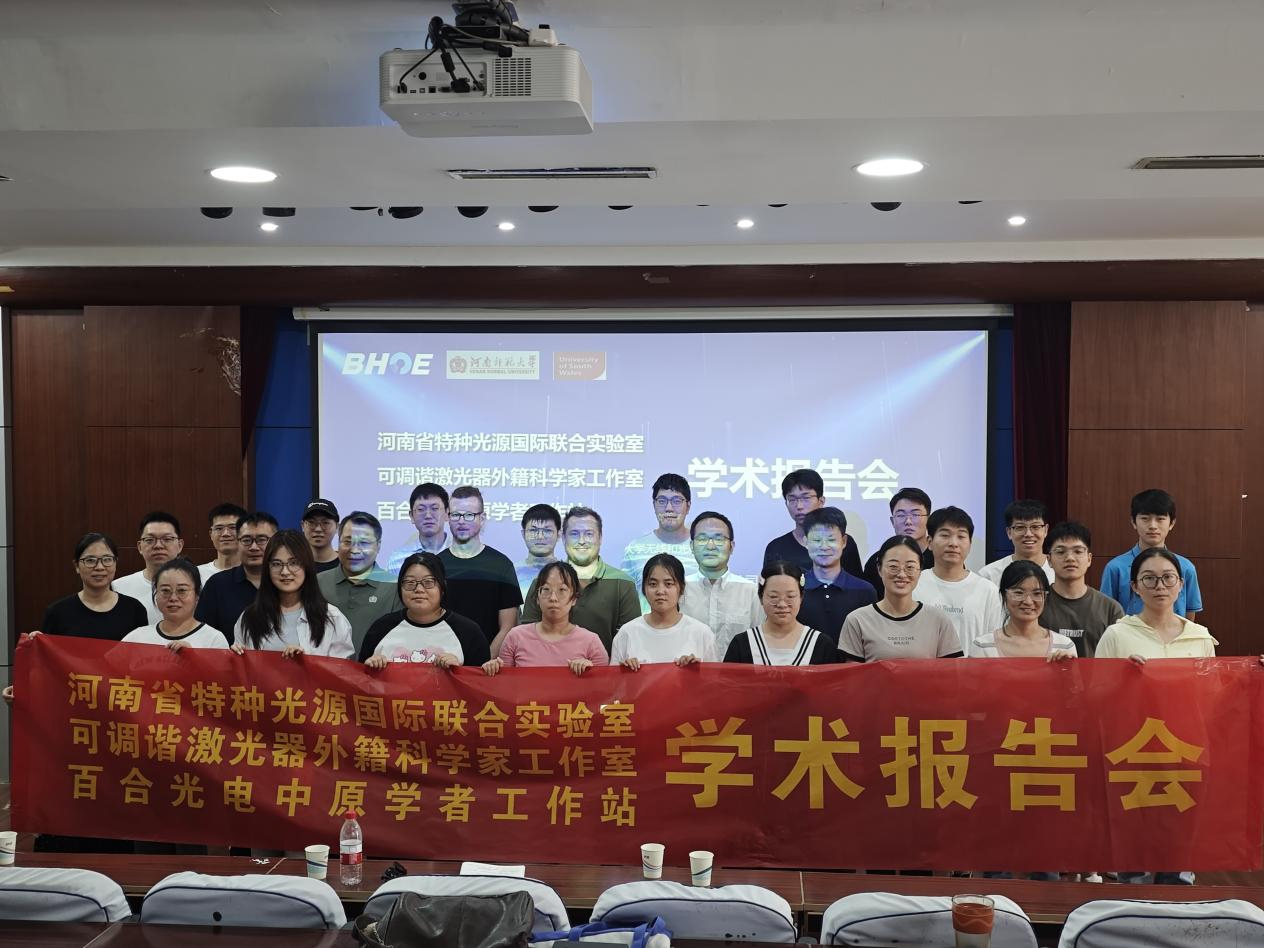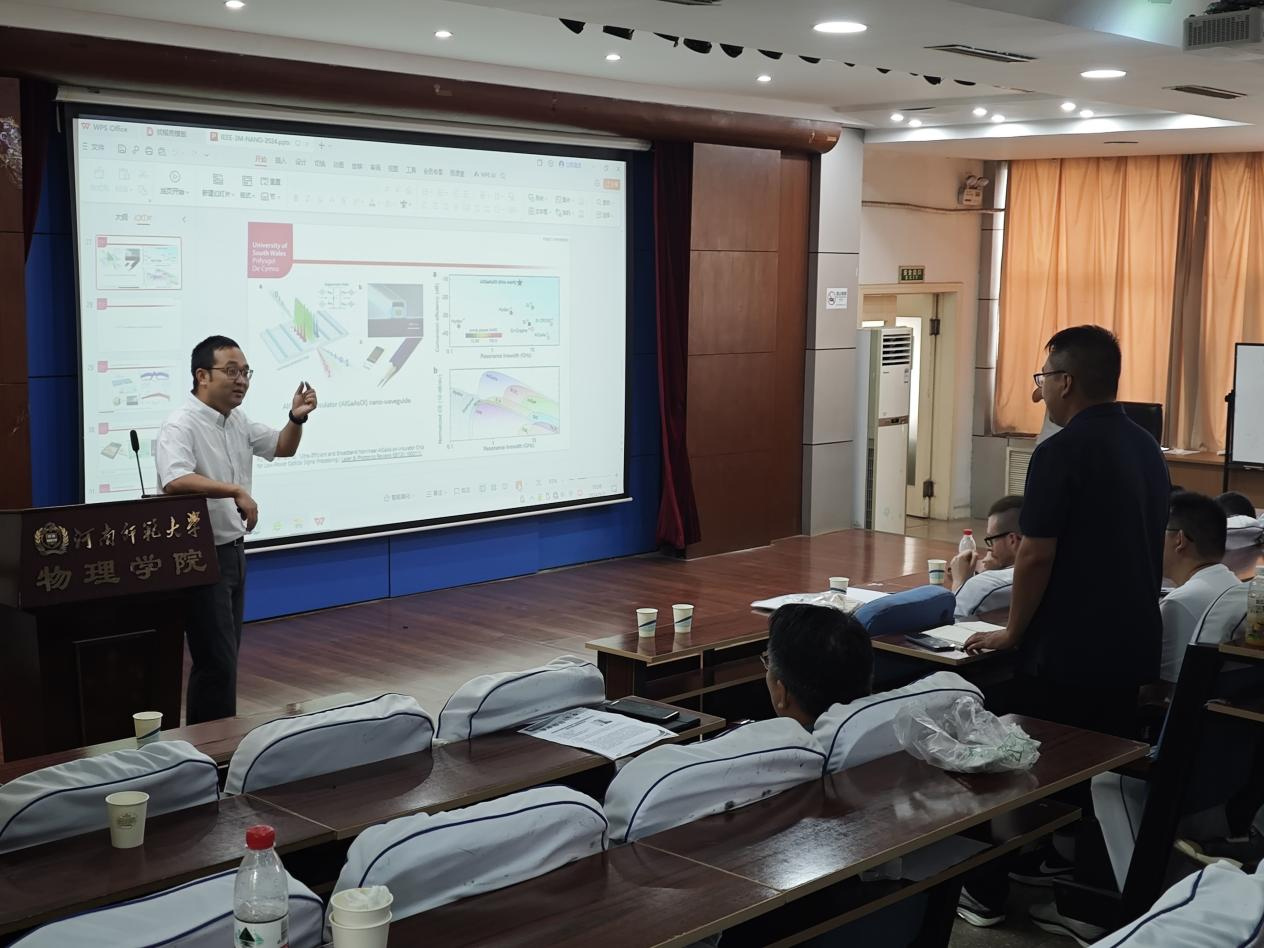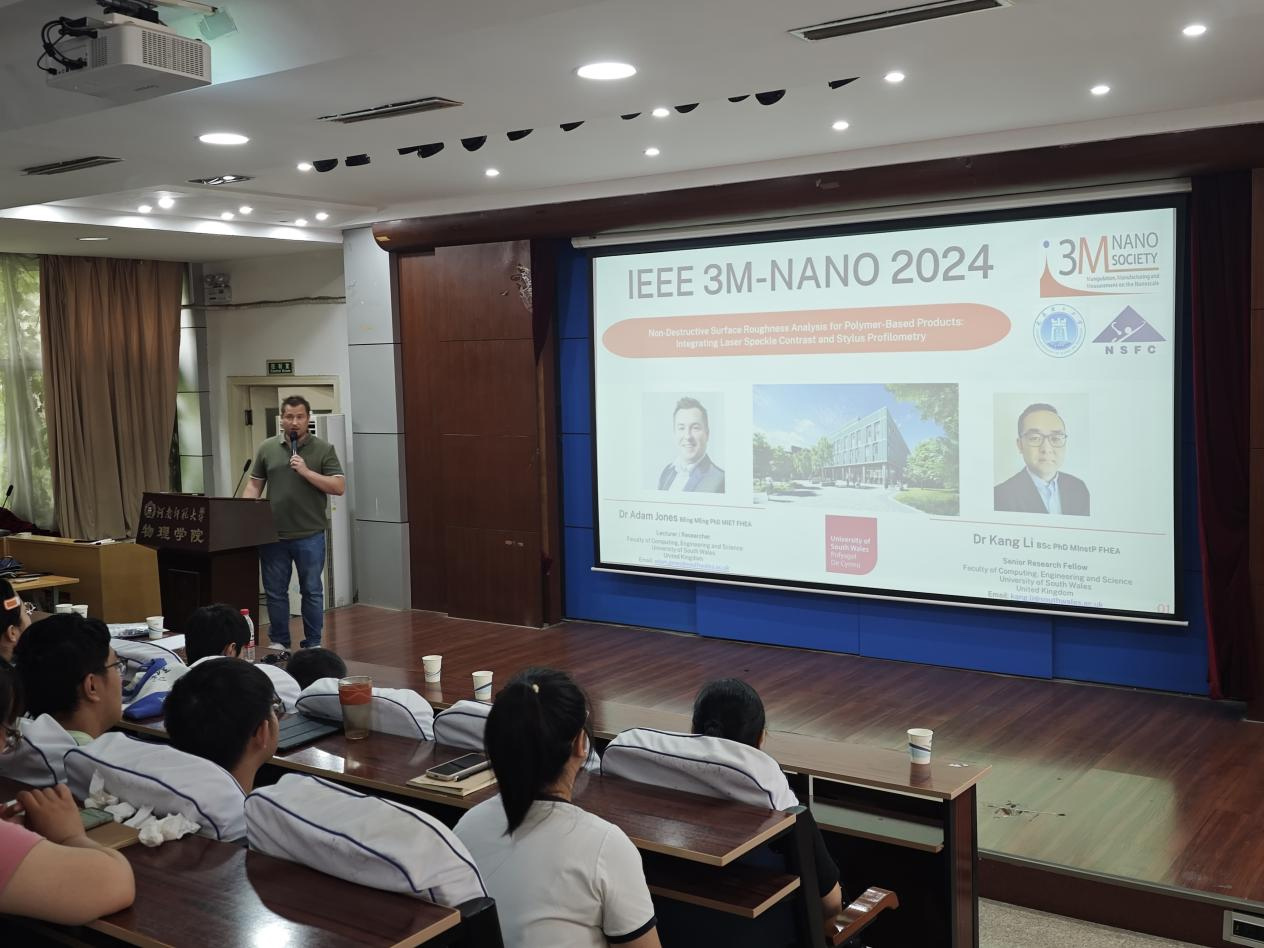
01|Four wave mixing generation and application of optical waveguides
Introduction of the Reporter:
Li Kang, male, Senior Researcher and Doctoral Supervisor at the Wireless and Optoelectronic Research Innovation Center at the University of South Wales, UK. Doctor of Chinese Academy of Sciences. Member of the British Physical Society and member of the American Optical Society. Engaged in long-term research on laser power devices, tunable laser sources and measurements, laser material interactions, luminescent metamaterials, etc. Hosted and participated in multiple innovative research and development projects in the UK, with a cumulative amount exceeding £ 2 million. We have collaborated with major international optoelectronic companies to develop multiple products, published over 80 papers, applied for and owned 4 international patents, and 10 domestic patents.
Report Summary:
Four wave mixing (FWM) has been widely studied and applied in various fields, especially in the field of optical communication. In order to achieve signal conversion between different wavelengths, highly nonlinear optical fibers are used to achieve broadband and efficient wavelength conversion, which has been widely applied in dense wavelength division multiplexing (DWDM) systems. Meanwhile, in the field of precision measurement and detection, there is an increasing demand for miniaturized and efficient four wave mixing devices.
This report intends to discuss the generation and application of four wave mixing in highly nonlinear optical waveguides based on silicon-based insulator (SOI) and III-V materials. The report will analyze the high nonlinear optical properties of SOI and III-V materials, and introduce the latest research progress of our research group and other international cutting-edge research groups. In addition, the report will compare and discuss the differences in four wave mixing efficiency between high nonlinear optical waveguides made of SOI and III-V materials. The report will also analyze and discuss the design and testing results of SOI and III-V group material waveguide couplers, and explore the possibility of ultimately achieving efficient, high-power, and miniaturized four wave mixing optical chips.

02|Non destructive polymer based product surface roughness analysis integrated with laser speckle technology
Introduction of the Reporter:
Adam Jones, Male, lecturer at the University of South Wales, UK. I am currently a part-time researcher at the Wireless and Optoelectronics Research Innovation Center (WORIC). His doctoral research collaborated with industrial partner Tata Steel to explore and develop an innovative non-destructive online measurement system for coating thickness measurement of steel packaging products. Hosted and participated in multiple innovative research and development projects in the UK.
Report Summary:
In this research lecture, we will introduce a groundbreaking method for measuring the surface roughness of polymer samples. This method is based on the principle of laser speckle photometry and has non-contact and non-destructive characteristics, making it very suitable for real-time measurement during the process. We will introduce in detail a method for offline characterization of surface roughness of polymer samples, which utilizes a stylus profilometer, a technique not commonly used in polymer manufacturing. In our research, we conducted a thorough investigation into the reliability and stability of laser speckle on polymer products with different shape contours, and achieved success through average intensity matching technology. This enables us to correlate surface roughness with two laser speckle statistical parameters (laser speckle contrast and binarization technique). Through this method, we can provide important insights into surface roughness measurement techniques in polymer manufacturing processes. The results of this study not only address the existing challenges of surface roughness assessment in polymer manufacturing, but also significantly improve the quality and performance of products. Our technology provides valuable tools for improving manufacturing processes and ensuring the reliability of polymer products, with broad application prospects.

03|Experimental study on external cavity laser diode under cavity length, optical feedback, spectral line width, and speckle conditions
Introduction of the Reporter:
Chris Evered, Male, currently pursuing a PhD at the University of South Wales in the UK. His research was funded by the KESS program and conducted in collaboration with Global Laser Ltd. His research focuses on developing a low-cost and stable external cavity based dissipated spot laser. This technology aims to improve the quality of industrial visual images, especially in manufacturing and other industrial environments.
Report Summary:
This report explores the impact of different feedback levels on speckle reduction and finds that broadening the laser linewidth can be achieved by adjusting the external cavity laser (ECL). We investigated the laser speckle contrast (LSC) of visible light laser diodes (LDs) under external optical feedback (EOF) conditions and explored the significant correlation between these parameters.
This report intends to discuss the experimental setup of variable feedback parameter (fext), external cavity length (ECL), and pump current (J), and investigate their relationship with the reduction of speckle contrast (SC) caused by optical linewidth and external optical feedback. A total of seven feedback scores, two pump currents, and three external cavity lengths of speckle contrast and optical linewidth data were collected. The results indicate that we have achieved an optical linewidth of up to 3.90 nm (1/e2 width) and a maximum speckle contrast reduction of 41.6%. In addition, the study revealed a negative correlation between speckle contrast and optical linewidth, speckle contrast and feedback score, as well as a positive correlation between optical linewidth and feedback score.
